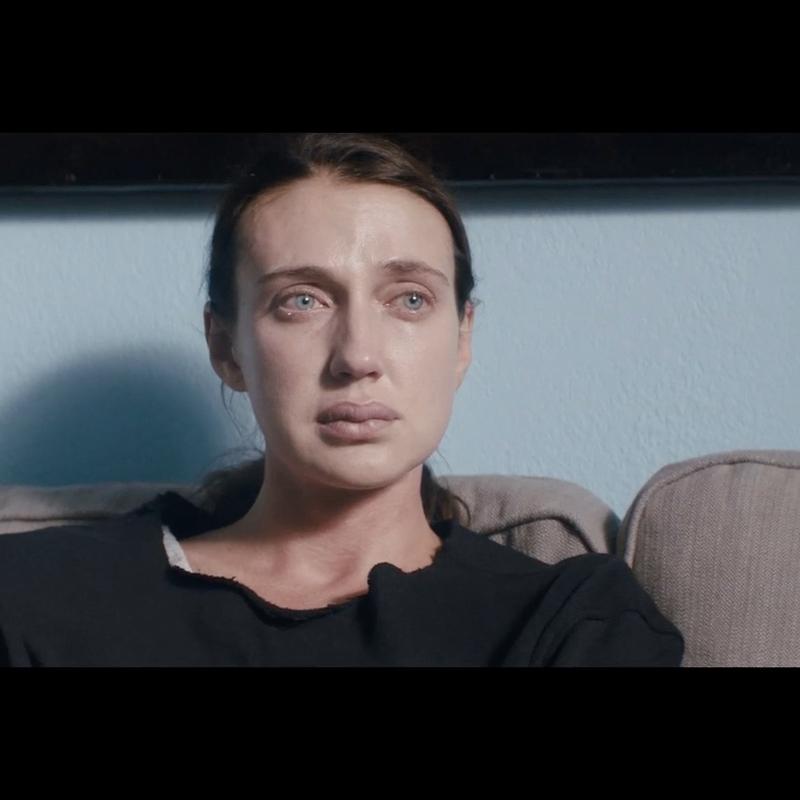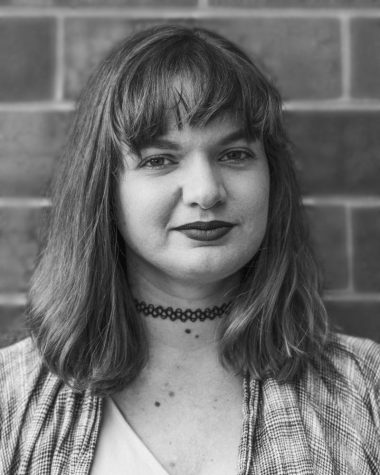‘Elizabeth Blue’ Is the Love Story Mental Illness Deserves
September 20, 2017
Of all of the plot twists that have ever tangled up a story line, perhaps the most difficult to use well — and the most relied upon for shock value — is the trope of “and then I woke up, and it was all a dream.” (See “Buster’s Mal Heart,” “Fight Club,” “Split,” among others.) This is often employed hand-in-hand with mental illness. The conditions of choice are either Dissociative Identity Disorder or the crowd classic, schizophrenia. “Elizabeth Blue,” the latest film from director Vincent Sabella, is one of the minute few films that takes this plot device and uses it without verging into lazy tropes or worse — harmful falsification of mental illness.
The dance between apparently ignorant and delightfully ham-fisted is a delicate one when creating art about mental illness. You see, mental illness — be it anxiety, depression, bipolar disorder or schizophrenia — is incredibly careless. There is nothing subtle about manic-depressive mood swings or tactile hallucinations. In a movie, where every element from the soundtrack to the actors’ wardrobes is meticulously selected, the final product can verge on mental distress itself if not done carefully.
Anna Schafer’s performance as the titular character Elizabeth is the foundation of the film. Built mostly of close shots, revealing little other than Elizabeth’s face or arms and almost never below the waist, Schafer has to have the utmost exactitude in her motions and behavior. Her tiniest gestures, often the trademark movements of anxiety or schizophrenia, are most of what the audience sees. If we see other characters, we never see all of them.
Schafer brings dignity, resilience and skill to Elizabeth. She could have been a frail and skinny woman popping pills like a neglected housewife in the era of quaaludes. Instead, Elizabeth is struggling but actively. She is ill, suffering from anxiety and schizophrenia, but she is strong. Even the final scene, seeing her struggle ultimately collapse on itself, is a sort of strength — not letting go, after all, requires a very tight grip.
Surrounding Elizabeth is the construction of the rest of the film, which Sabella has done with a wry finesse. The soundtrack is almost too much — the jazz standard “Feeling Good” playing behind the title screen, and later on, lyrics that perfectly mirror action onscreen are tongue-in-cheek with the irony understood by those who have ever put My Chemical Romance’s “I’m Not Okay” on full blast in the midst of a depressive episode. The color blue is abundant. The camera follows action just how you’d expect it to, like it’s a character on “The Office” looking into the lens and sighing conspiratorially with the audience.
But Sabella, who himself suffers from a rare form of schizophrenia and made the film as an autobiographical spin on a poorly-written script he once read, never once steps into the territory of caricature. His twist is heartbreaking, not eye-rolling. His story is ultimately about love — love of a partner and of a mother. It is about the kind of love that is not good for us, no matter how good we think it is. It is respectful, and beautiful, and blue.
“Elizabeth Blue” opens in select theaters in New York on Friday, Sept. 22.
Email Hailey Nuthals at [email protected].



























































































































































